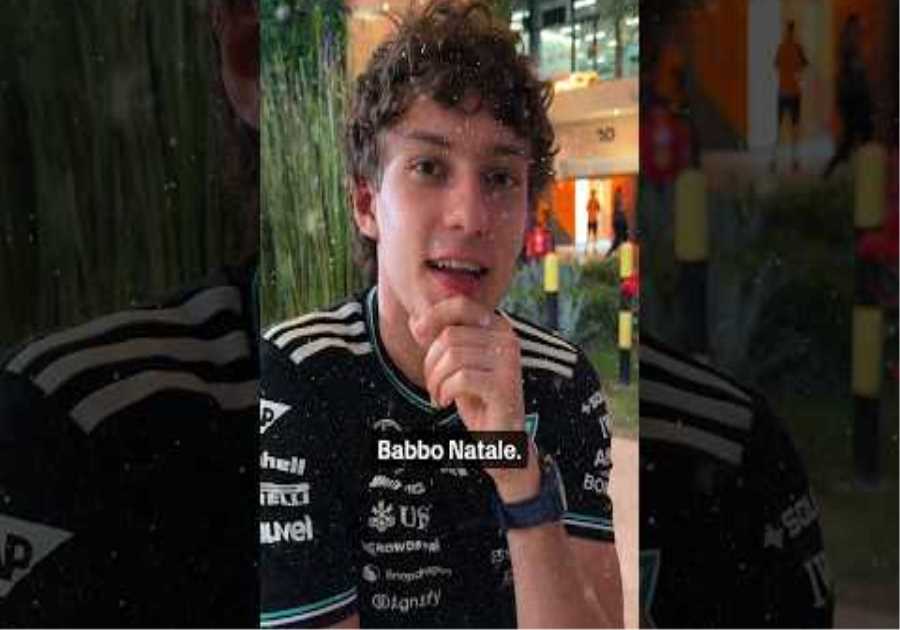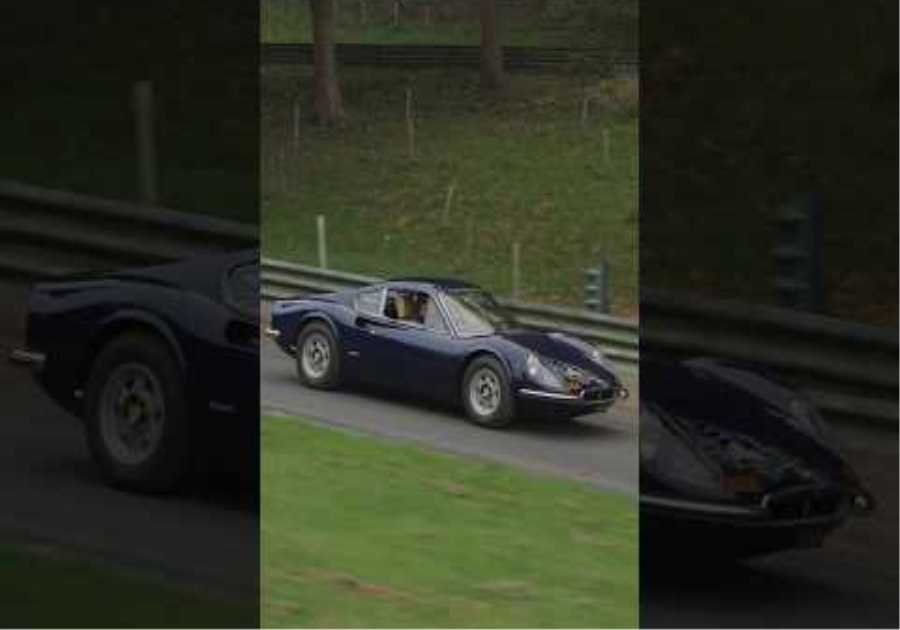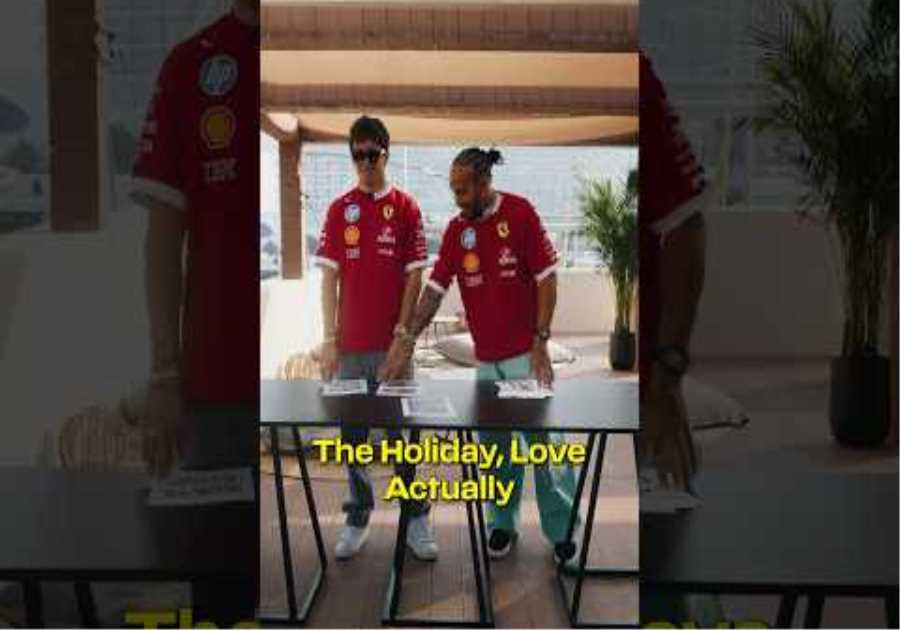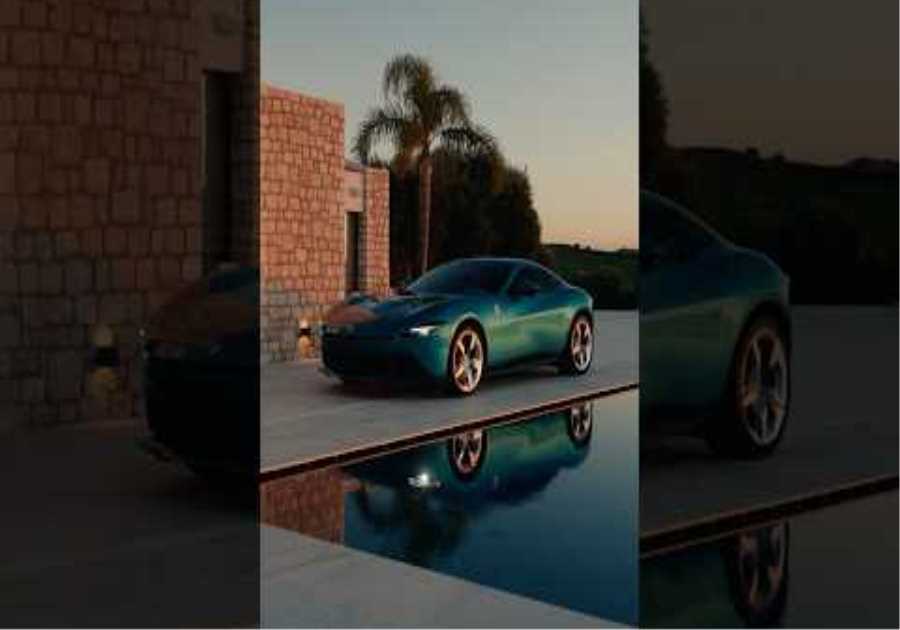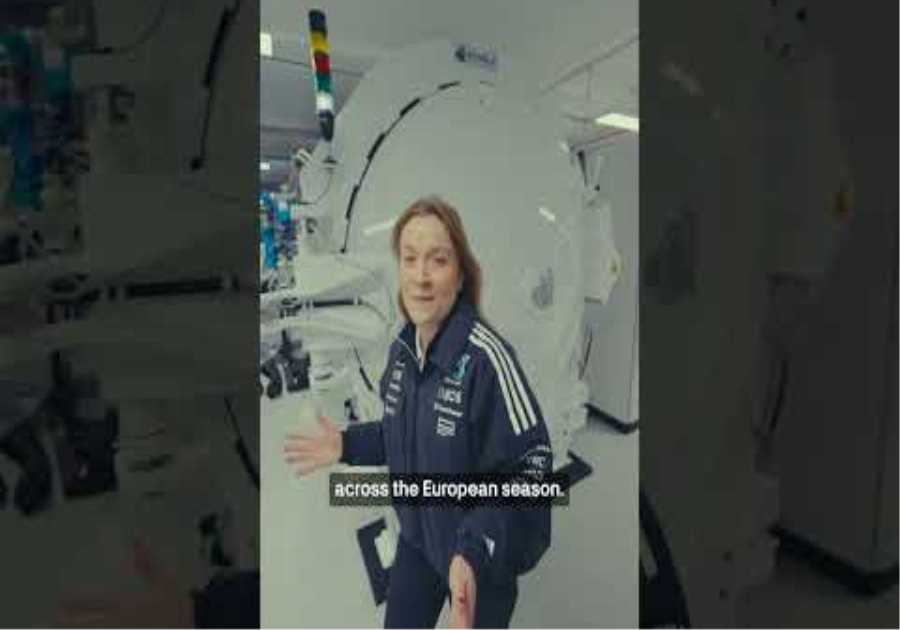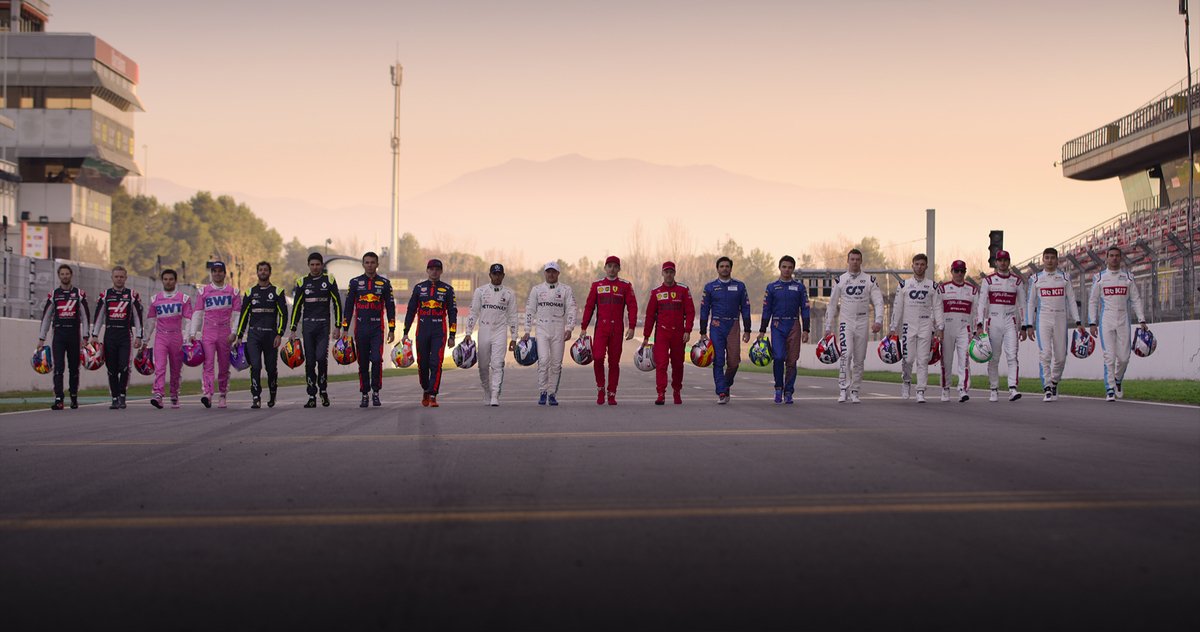
Formula 1 is the pinnacle of motorsport with high speed and high stakes around every corner. The pursuit of becoming the greatest has meant that drivers are more than just racing drivers, they are heroes in the eyes of children and their countries. Sport became a religion that took life one corner at a time. Enriched with a long history and passionate fan base, Formula 1 is one of the most watched and popular sports of all time, so the fans’ hunger for maximum content makes sense. With world titles for the best driver and team on the track and the dominating Mercedes team, fans weren’t shy about drama when Netflix announced a documentary series focused on the current season. The first and second seasons of Formula 1: Drive to Survive were among the best and most insightful series of all time. Season three was far from that, however. While it exceeded expectations in many areas, it lacked the necessary in some.
Nailed: the visuals
One of the best parts about Drive To Survive is the stunning visuals it offers fans. Showing every edge and corner of an overtaking maneuver from a beautiful angle, the precision and beauty of the sport are highlighted. When viewed in high definition, some of the stills are nothing short of art, offering alternate angles for fans to see live on their television screens. In Episode 9: Man On Fire, the sequence of Sergio Perez overtaking Alexander Albon’s Aston Martin Red Bull Racing car in his pink BWT Racing Point is simply one of the highlights of the season. With breathtaking camera angles and slow-motion shots that dominated the screen, the fans were amazed at every shot in the series, supported by a voice-over from the drivers themselves or a suitable figure, visually Drive To Survive was a spectator and an experience in itself .
Missed: fake drama
One of the biggest criticisms of the series from fans was the deliberate manufacture of some aspects of the season. The alleged “bitter rivalry” and “obstacle in the working relationship” between Carlos Sainz and Lando Norris at McLaren, one of the most famous duos in Formula 1, known for its deep and very public friendship, were suddenly portrayed as bitter enemies in reality Life this was not the case. By inserting audio from a different scenario to fabricate the situation right, Netflix made one of its biggest mistakes of all time. The inserted audio was very clearly from the Perez-Norris collision at the season opener in Austria to another race where a Norris-Sainz “collision” was shown. It is common knowledge that Formula 1 is a breakneck sport and in the end every driver is for himself, but falsely creating a rivalry between two very prominent drivers has been one of the biggest disappointments in the series.
Nailed: An insight into the technical side of Formula 1
For fans, the important role technology has played in determining the outcome of races is evident, especially as we enter the “hybrid era” where many races are won solely on the basis of strategy and technological upgrades available to you Team give the upper hand over another. Drive To Survive did an impeccable job showing the technical side of the series, particularly throughout the BWT Racing Point fiasco where their car was widely ridiculed and protested as illegal for the obvious use of similar parts as a dominant car from a past one Season. There was a good insight that resulted in many fans having a clearer view of the technical side and discovering a new appreciation for those responsible for the interior of the car. This is such a seldom emphasized and paid attention to once a race has started, and it goes against the common belief that pure speed in a straight line is what a car wins a race.
Missed: Perez’s sudden U-turn after his first win in Bahrain
Sergio Perez has been in Formula 1 for some time with stints at McLaren, Force India and BWT Racing Point. His impressive performances have resulted in him securing a second seat at Red Bull Racing alongside Max Verstappen. In previous seasons, Perez has been shown as the antagonist, a hurdle for Esteban Ocon, and it has been implied against him that he stole Ocon’s seat. His “bad boy” attitude and his many crashes were emphasized. After his victory, however, Perez showed himself in a very different light. He was shown as someone who struggled to get into Formula 1, which is true, and being a major hurdle on his way to Formula 1 from his Mexican origins was also true and sure. But the sudden turn of portraying him from a bad boy who doesn’t care about the rules to someone who has struggled was very sudden. Portraying Perez in a negative light in previous seasons was one of Netflix’s biggest mistakes, and one they’ve simply recombined in this installment of the series.
Nailed: Finding the right F1 experts and journalists to analyze
One thing Netflix got right was getting the right people to do analysis and opinion. In addition to the great team bosses, the leading personalities of the team (Toto Wolff, Christian Horner, Will Buxton, a trustworthy Formula 1 journalist, and Jennie Gow) provided good opinions and analyzes of the situation. While the drama was a bit over the top back then, especially during the McLaren-Norris-Sainz episode, they did a great job overall. Together with the team bosses themselves, they formed a perfect group of panelists who narrated the events during the ride and occasionally also provided inside information, which is always welcome.
Missed: Missed drama
#HulkenBack was one of the biggest events of the 2020 Formula 1 season, along with George Russel, who represented Lewis Hamilton at the Bahrain Grand Prix. Netflix missed these two major events, both caused by drivers who contracted the COVID-19 virus. Giving such limited screen time to drivers like Max Verstappen and George Russel should be viewed as a crime. Episodes in the series centered on the struggles at Ferrari, with its abysmal season and lack of pace. Netflix has failed to recognize some of Ferrari’s best achievements, namely at the season opener in Austria, where Charles Leclerc took second place on the podium, and in Turkey, where Sebastian Vettel took his first podium in 2020 after what was arguably his worst season. As the #BlackLivesMatter movement gained popularity, the series ended with Lewis Hamilton, the only current POC F1 driver with messages of hope and valuable input on his own personal experiences. Hamilton was also fined for wearing a Justice For Breonna Taylor t-shirt. The amazing show of unity in the #WeRaceAsOne and End Racism t-shirts was featured regularly during each race week but was missed in Drive To Survive.
Nailed: Distribution of team content
This season there was the void in Formula 1 caused by the COVID-19 pandemic, the failing form of Ferrari, Mercedes facing a real threat from Red Bull, the close midfield battle between McLaren, Racing Point and Renault, and the Williams family left Formula 1 after falling from the top step. And these are just a few to name a few, Sebastian Vettel’s back and forth with Ferrari, his entry into the Aston Martin F1 team and Grosjean’s brutal fall that ended his Formula 1 journey. Fortunately, he now lives with his family. So much content squeezed in the middle of a few episodes seemed almost impossible, but Netflix did it. It was a brilliant decision to give almost every team individual episodes while squeezing the big drama between each episode. While some grand prix were missed, the big drama was dealt with thoroughly.
Missed: Lack of content with some drivers
Max Verstappen was one of the biggest focuses in racing during the season. Verstappen was known for his threat to a dominant Mercedes team and his form stronger than ever. However, he was almost banned from the series despite going through some major dramas. With a failure in the opening race and a home race for Red Bull, in a frustrating season for him, he was largely negated. Another driver, a victim of the “cut for time” element, was William’s Driver and the promising British driver George Russell, who is considered the front runner for the Mercedes seat, under current second driver Valtteri Bottas. He was given the chance to shine in Mercedes and received the nod for a race after Lewis Hamilton sadly contracted the virus that was apparently left out entirely. With an impressive performance despite a disappointing result, he was big talk for the season but apparently not for Netflix.
Nailed: emphasis on Sebastian Vettel
Sebastian Vettel was one of the highlights of this season. His witty jokes and playful humor were massively highlighted. The disappointment of the Ferrari season, the delay on Charles Leclerc’s clothing line, and his hilarious and sometimes gapless responses have always been hilarious. His announcement of joining the Aston Martin team, which came “in time” for the anniversary of Ferrari’s 1000GP celebration, following his very public fallout with Ferrari, was highlighted. His performances, although below his usual standard, still earned him a podium in a very wet Turkish GP. When he went behind the scenes at the press conferences, he was brutally honest, which was great fun and entertainment for the audience at home, and was considered a “good break” after being forced out of Ferrari.
Missed: Dramatization of the Grosjean crash in Bahrain
One of the biggest incidents of the season occurred in the closing stages of the Formula 1 season when Romain Grosjean, today known as the “man who went out of the fire”, fell victim to an accident in his HAAS Formula 1 car . He went into a steel barrier and went up in flames. While he luckily got out alive with only burns to his hands and body, the whole ordeal was drawn out and used for intense drama. While the driver’s reactions and family involvement were greatly appreciated along with the scenes of his return, it has been stretched for much longer than originally and only used as a plot point. Daniel Ricciardo had criticized the repeatedly shown dramatization of the crash in the past. However, the warm messages from his family and his own account of the event were important and appreciated by the audience.
The post 5 things it nailed (& 5 things it missed) first appeared on monter-une-startup.
